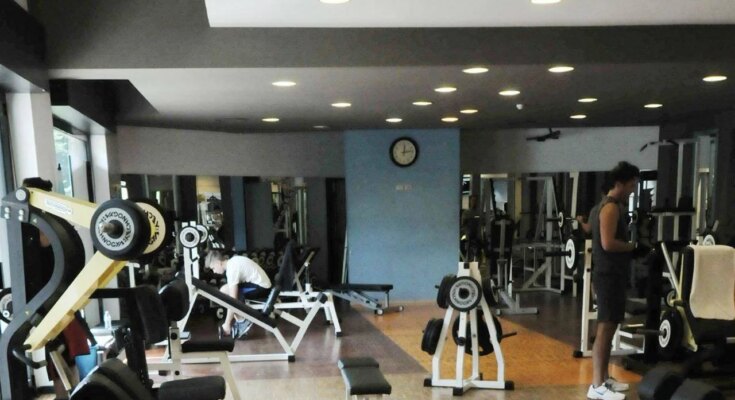As you age, muscle mass decreases. And physical activity is becoming increasingly important. The benefits of regular exercise are known for heart health, weight loss, cholesterol and blood sugar control. Training, moderate and without excessive, is suitable for all ages and becomes more important when you reach the age of 40. This was highlighted by Professor Phillip Williams, professor in the Department of Orthopedic Surgery at Baylor College in the United States, by emphasizing one element in particular: strength.
What doctors say: proper training
“Strength training should be a staple for anyone over 40,” says Williams, referring to “any type of training that involves the use of weights: whether it’s upper body weights or lower body weights.” Without any substantial difference between “free weights or weights for cable machines”.
Those who have reached and surpassed the age of 40 should train with weights at least twice a week to increase strength according to the professor. The activity, according to Williams, can be done in a variety of ways: 30 minutes in the gym with dumbbells for the arms and legs is fine.
Orthopedic surgeons, as highlighted on the Baylor College website, highlight the opportunity to split the entire program into 2 days to train every part of the body. The first day will be dedicated to the upper body: dumbbells, cable machines, pull-ups. The second day, after adequate recovery, can be dedicated to the legs and it is not essential to use only equipment: even squats, which can be done at home without problems, are useful.
Williams’ recommended program does not include high-intensity exercise, which can subject the body to excessive stress if there is not adequate preparation. “Effective weight training offers even more benefits. You can get muscle benefits with a few days of weight training, adding some moderate aerobic activity,” says the orthopedic surgeon.
It is never too late
Greater caution should be exercised by those who have recently returned from a long period of rest or are taking steps to reverse course on a sedentary lifestyle. In this case, Williams recommends starting by dedicating time and energy to walking for 30 minutes a day: “A little activity is better than none. You shouldn’t feel discouraged compared to those who go to the gym.”



